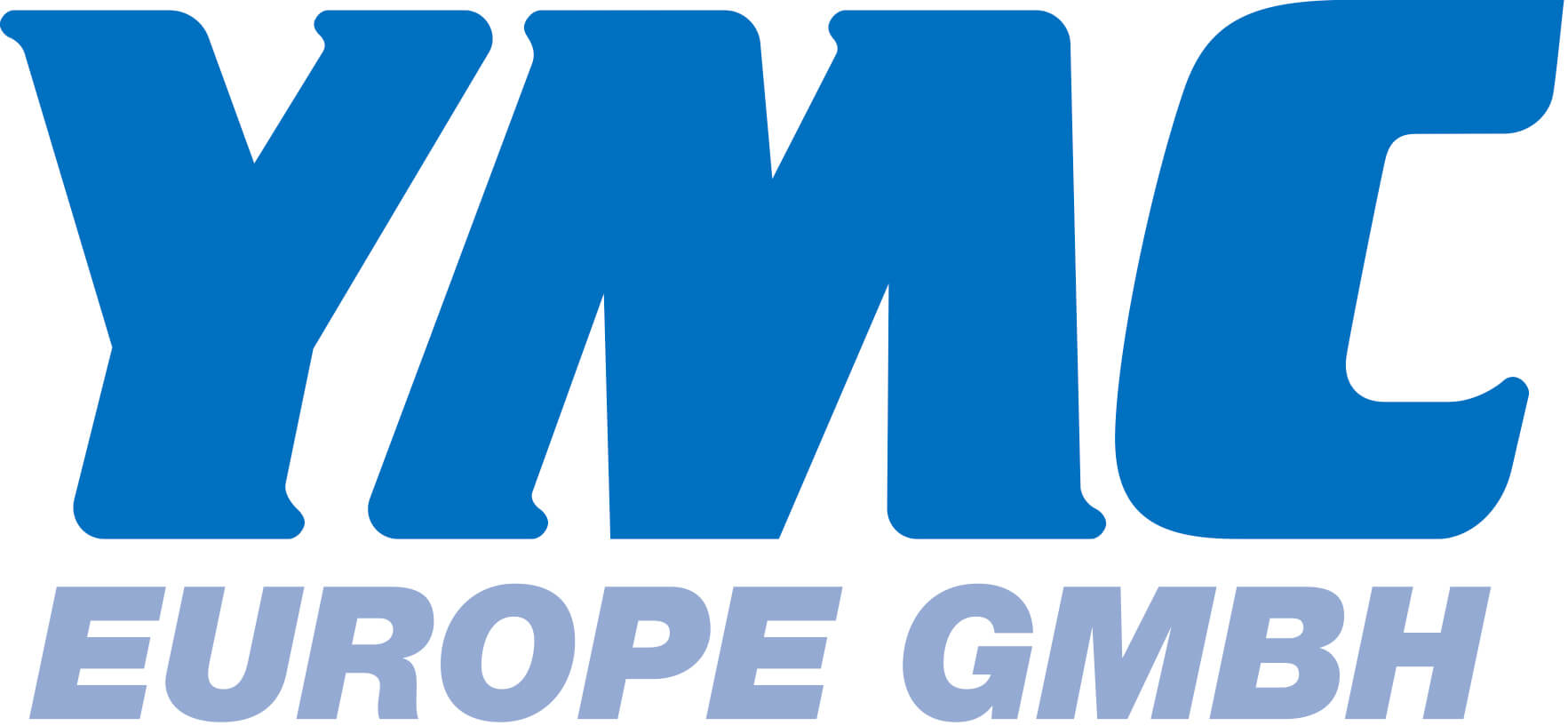Introduction
Polychlorinated biphenyls (PCBs) were once widely used in many industrial and commercial applications as insulating fluids, dielectrics, and lubricants. This included their extensive use in electrical transformers. PCB use has been banned in many countries, and the Stockholm Convention currently prohibits their production and use.¹ However, PCBs may still be released into the environment via illegal dumping, improper disposal of waste, releases and leaks from electrical transformers containing PCBs, or by burning of wastes in municipal or industrial incinerators.²

The Agency for Toxic Substances and Disease Registry (ATSDR) lists PCBs as the ninth most toxic chemicals for humans based on frequency, toxicity, and potential for exposure.³ Since PCBs are lipophilic, they have a tendency to bioaccumulate, and can end up contaminating the diets of organisms high on the food chain, such as humans. If PCB-containing devices are cleaned or dumped into rivers or oceans, these compounds may find their way into aquatic life forms such as fish. Consequently, they can pose a health risk to people that regularly consume fish and fish-based products.Fish oil is a popular dietary supplement due to the high levels of the beneficial fatty acids, eicosapentaenoic acid (EPA) and docosahexaenoic acid (DHA), that it contains. This has raised concerns with regards to PCB exposure from ingesting fish oil, resulting in maximum contamination limits set through European Union (EU) regulations, and inclusion on the California Proposition 65 contaminant list.4,5 This situation has resulted in a need for analytical testing of fish oil for PCBs. Common test methods use gas chromatography coupled to a mass spectrometer (GC/MS) or an electron capture detector (GC/ECD) for analysis, and require some type of sample extraction and cleanup to separate the PCBs from the fatty fish oil matrix. Common methods for doing this include liquid extraction followed by sulfuric acid cleanup, gel permeation chromatography (GPC), or column chromatography using multilayer silica or alumina columns.6 In this application, a solid phase extraction (SPE) method was developed using Supelclean™ EZ-POP NP SPE for extraction and a small silica gel cartridge for additional cleanup. The extract that was produced had low background, and could be analyzed by GC/ECD for a full range of PCB congeners.
Experimental
Cod liver oil was purchased locally and spiked at 10 ng/g with 19 different PCB congeners ranging from mono to deca-chlorinated. The list included the 12 coplanar congeners (Table 1) designated by the World Health Organization (WHO) as “dioxin-like” in structure, as well as 7 additional congeners that are commonly found in the environment. After spiking, the oil was allowed to sit for several days prior to analysis. Unspiked oil was also reserved for testing. Samples of spiked and unspiked fish oil were extracted and cleaned using the procedures described in Table 2 and Table 3. Analysis was performed by GC/ECD using the conditions listed in Figure 1. Quantitation was done using external standards, against a 5-point calibration curve prepared in hexane.





